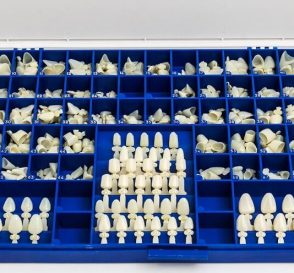Food dehydration has been used for millennia to preserve food at a time when there’s no other way to ensure that food remains edible for weeks or months. The most basic way to dehydrate food is by cutting it thinly and placing it on a dry surface, under direct sunlight for hours. However, this method isn’t without some challenges. Inclement weather and animal intervention could affect the drying process. If you certain game meat or fish types are cheaper at a specific time of the year, you may consider investing on dehydrator equipment. When choosing a food dehydrator, make sure that airflow is smooth and not impended. The air could be driven by a fan from a heat source directly to the meat or fruit.
When choosing a food dehydrator, there are vertical or horizontal flow units that you can choose. Many people prefer to use horizontal food dehydrator, due to more even airflow. With vertical dehydrator, airflow works well only at the bottom tray, so you may need to regularly switch the placement of trays. Other than for drying meat, the unit should also work well for herbs, vegetables and fruits. When you dry meat, you may boil it first with some salt, herbs and spices, then put it into the dehydrator. This will reduce the amount of microorganism inside the meat. Drying fleshy fruits with high water content may take a long time to complete, so you need to do some experiment when you can fully complete the task.
You should make sure that the food dehydrator is easy to clean. After just one batch of drying, the unit can get quite dirty inside and outside. Make sure that all surfaces are easy to clean and trays can be removed easily. There should be no corners or spots that are hard to reach. When bits of dry food collect at some spots, it will be a great habitat for microorganisms to grow. If possible, you should be able to clean the inside of the unit with just a few scoops using a damp rag. The heating should be easy to clean as well, especially if you choose a vertical unit, because dried bits of food can easily collect there. If trays have wax dehydrator sheets, make sure that it’s easy to discard the sheets after each session.
After drying any kind of food, you should be able to clean the unit easily. This is especially true after you dry pieces of meat. Fat may drip inside the dehydrator unit and it could be difficult to remove. By properly cleaning up the inside portion of the dehydrator, you can prevent cross contamination. Each dehydrator unit has specific difference, so you need to carefully learn about them. If your area has cold, snowy winter that makes it hard to find fresh produce, then having a dehydrator unit can be a great investment. You may dry tomatoes, pumpkins, apple and others, which can be rehydrated for cooking during winter. Produce can be quite expensive, because they are brought far from places with warm climate.





